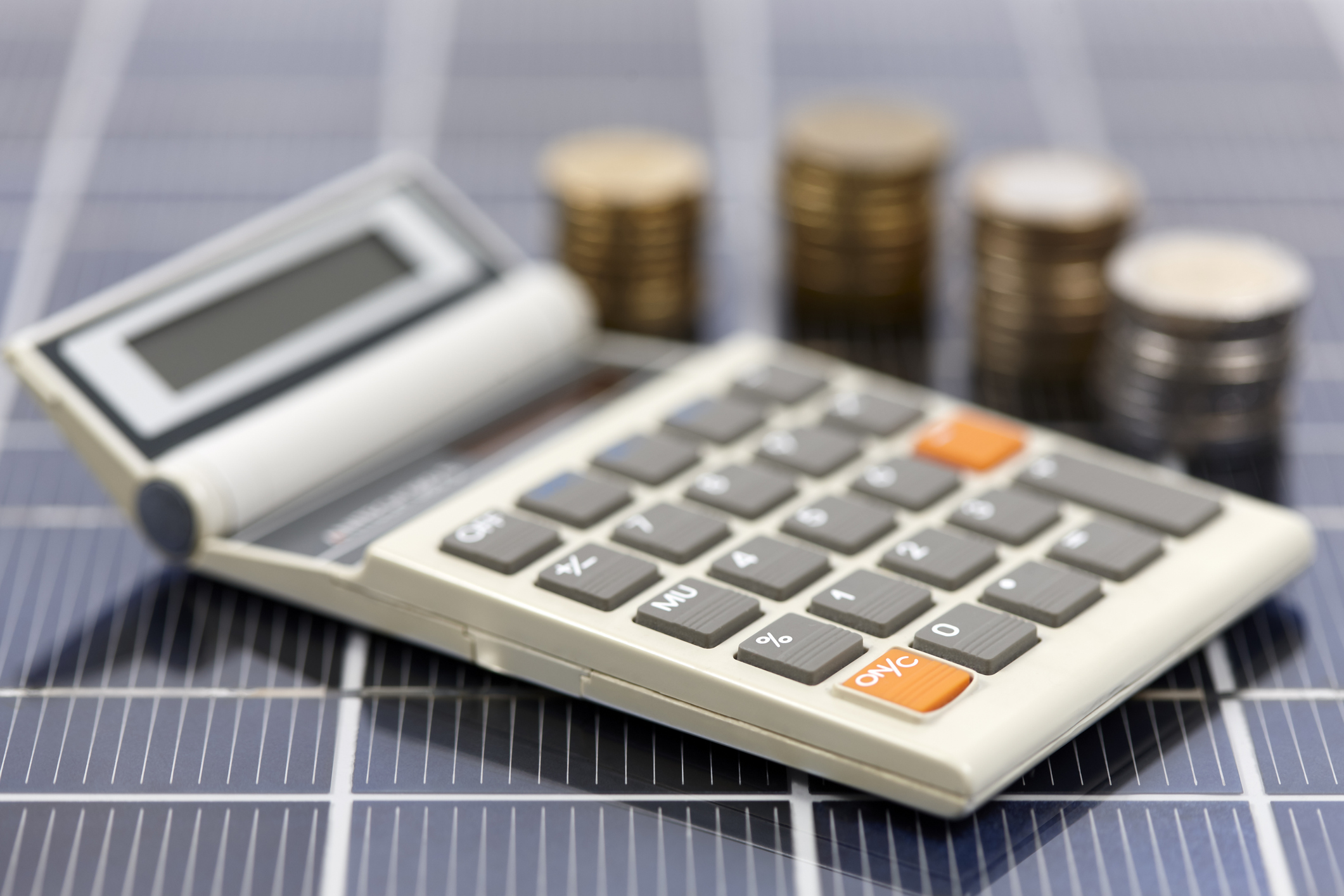Besides being a clean energy source, solar power can also save you money on electrical bills. But you might not be so certain of exactly how much you could save. Fortunately, you can use a solar savings calculator to quickly give you an idea of the savings you could enjoy.
How to Use a Solar Savings Calculator
One of the simplest ways to calculate your solar savings is through using Google’s Project Sunroof. While other online solar savings calculators exist, many of them are powered by the same tool.
Project Sunroof calculates your savings by:
- Analyzing your roof through Google Maps and 3D modeling
- Reviewing shadows from nearby structures and trees
- Studying the area’s historical weather patterns and sun positions
- Keeping a database of the latest solar industry pricings, tax incentives, and utility prices
To get started, simply input your address on the search bar. A quick analysis map will then appear, highlighting your roof and others around it. You’ll also receive other data, such as:
- The hours of sunlight your roof gets per year
- How many square feet can be used for solar panels
- Your estimated power savings for the next 20 years
- The number of kilowatts your installation needs to cover your electricity usage
You can also input a rounded estimate of your usual monthly electric bill. This will help the calculator make a more accurate projection.
Project Sunroof will also estimate how much the solar panel installation would cost if you financed it upfront, through lease, or by loan. Furthermore, it’ll give you a comparison of how much your utility bills would cost with and without solar.
Factors Affecting Your Solar Savings
Several factors may affect your solar savings and should be taken into consideration.
Your Location
The best states for solar panel installations are the ones that receive plenty of sunlight throughout the year. These include states like California, Arizona, and Nevada, which all average over 3,000 hours of sunlight annually.
California is the #1 state that uses solar power, with 22 percent of its electricity generated from solar. Tax credits and incentives specific to each state, like Florida, can also influence how much you can save.
If you set up in areas with cloudy or rainy climates, the panels won’t be able to convert much sunlight into electricity. You’d then have to rely on the grid more often.
Shadows
You may be in a sunny area, but you won’t get much use out of your solar panels if your house or building still gets plenty of shade.
Adjacent trees and large buildings can cast shadows on your place, keeping sunlight from reaching the solar panel. Roof structures such as cell sites, water tanks, and chimneys can reduce the amount of sunlight you’ll get as well. And hills and mountains may also block out the sun during certain times of the day.
Orientation on Roof
As a rule of thumb, solar panels in the Northern Hemisphere should face south, which is where the sun is in the sky. But you’d also have to consider your area’s latitude—how far it is from the equator. Generally speaking, the farther north you are, the less direct the solar radiation.
As such, the panel should be tilted at an angle that permits the sun’s rays to hit them perpendicularly. This ensures that the entire panel gets as much sunlight as possible.
If the panel was, for example, laid completely flat on an already flat roof, only certain parts of it might capture sunlight as effectively.
A solar panel contractor can calculate the optimal angle based on your address’s latitude.
Solar Panel Cleanliness
If your solar savings are lower than expected, the solar panels might simply be dirty. Dust and debris can occasionally accumulate on them. This can obstruct the sun’s rays and prevent the panels from converting as much solar energy as they used to. Having them cleaned regularly will help ensure that they get as much sunlight as possible.
While solar panels will cost you upfront, they provide long-term benefits for your finances.
A solar savings calculator can give you a rough estimate of the money you could save, but it’s also important to keep the above factors in mind. Your trusted solar panel contractor can review your building to determine the best installation options so that you can get the most sunlight out of your panels. Contact Current Home today to learn more about how you can harness the power of the sun for your home or business.







